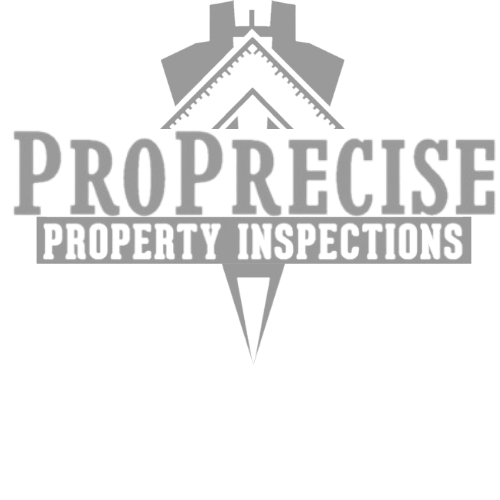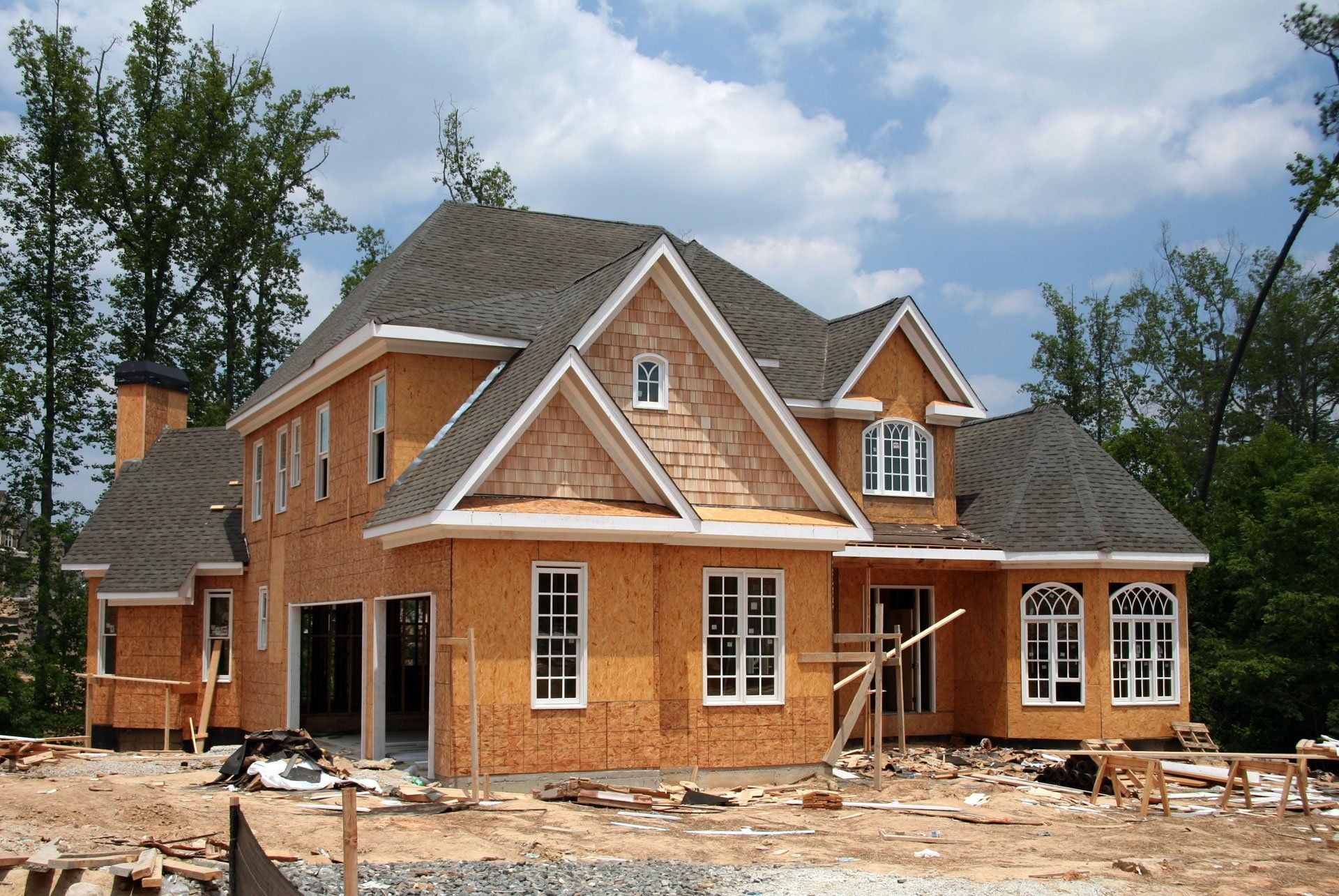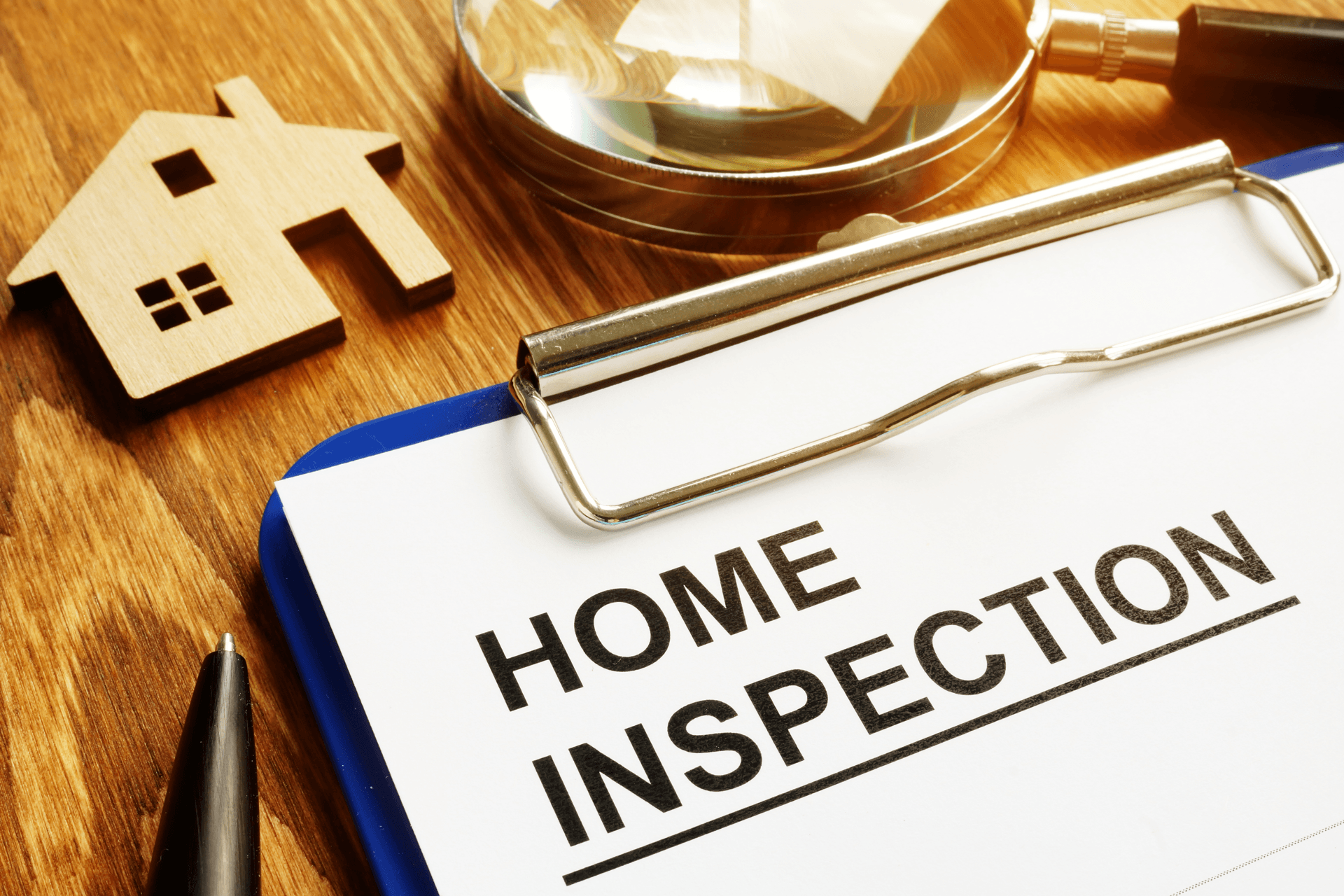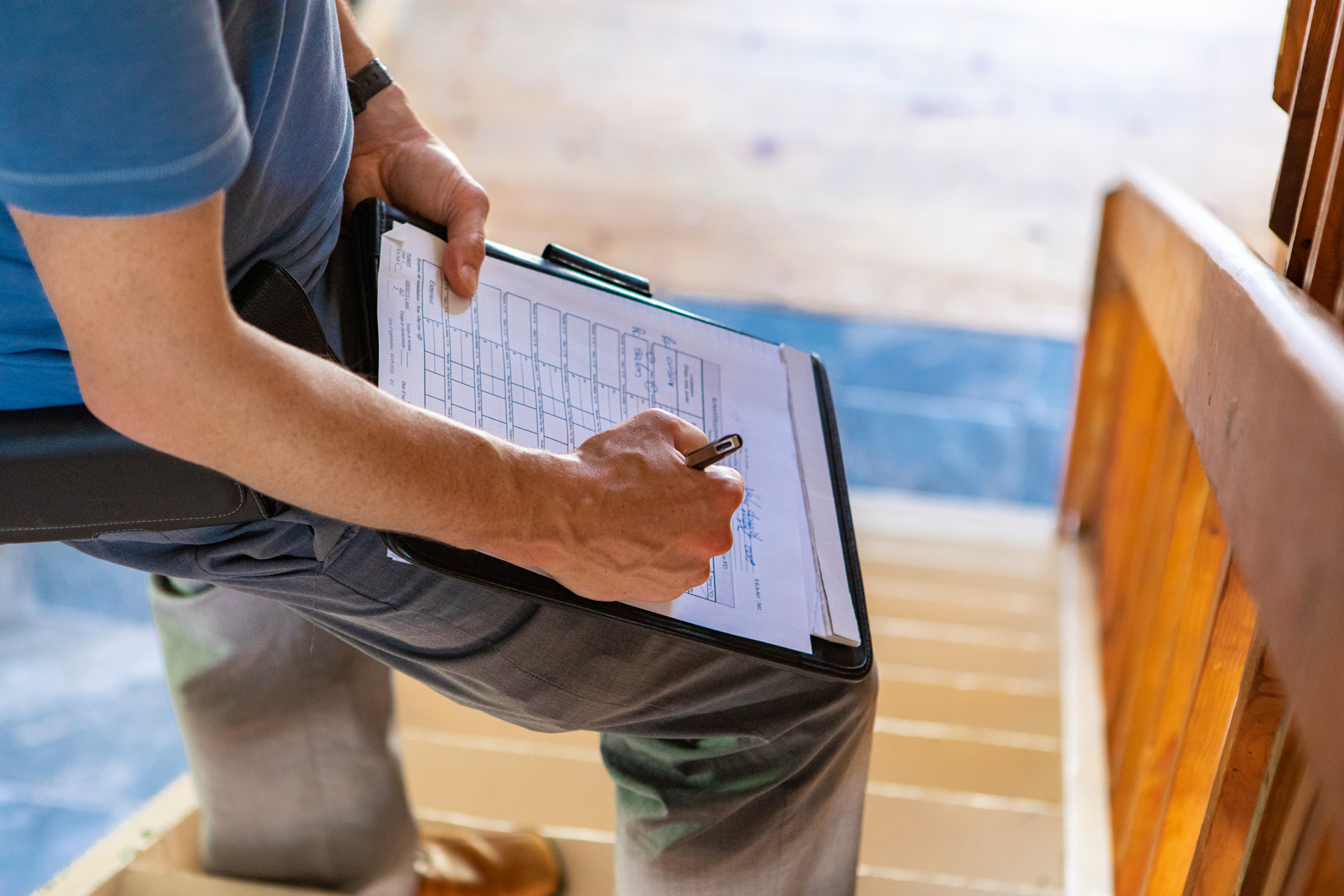SCHEDULE AN INSPECTION - CALL US
330-800-5914
What If You Have Radon In Your Home?
What Should You Do If You Find Radon In Your Home?
As a diligent homeowner, you’ve checked all the boxes. From the foundation to the attic and everything in between, it all seems to be in working order. To be especially thorough, you decide to measure your home’s radon levels. And just when you thought you could relax, the test comes up red. Now what?
While radon is a naturally occurring radioactive gas that exists harmlessly outdoors, it can become trapped inside our homes and congregate at dangerous levels. As an invisible, odorless, and tasteless gas, it is easy to forget or ignore. Moreover, bodily symptoms from high levels are nonexistent, making it nearly impossible to gauge without testing. However, the long-term side effects of breathing it in are severe and cannot be discounted. It is responsible for the deaths of around 21,000 Americans annually, and is the leading cause of lung cancer after smoking.
According to the EPA, you should immediately take appropriate measures to reduce radon levels higher than 4 pCi/L. However, anything above 2 pCi/L warrants concern and should also be addressed. One in 15 homes tests positive for dangerous levels. Though the consequences of unchecked radon are scary to think about, certified professionals have highly effective solutions which are relatively quick to implement and cost-effective to boot.
Confirm The Problem With A Secondary Opinion
First and foremost, if you discovered high levels through a short-term test kit, you would need to contact a professional inspection company who can confirm the problem through long-term testing. Radon from the soil enters homes through joints, floors, and other openings. Since the air pressure in your home is lower than in the ground, the gas gets sucked inside. However, those levels constantly fluctuate. Each season has high variation, and levels can change yearly or even daily. Results from radon tests that take less than 90 days are imprecise up to 99 percent of the time.
Once a certified professional confirms high levels, you will need to invest in mitigation. While you wait for a contractor to enact more permanent measures, you can temporarily reduce the levels by increasing the airflow in your home by opening windows and utilizing fans to maximize circulation. You may also attempt to seal cracks in your basement floor and walls, though a trained eye will undoubtedly do a better job identifying potential problem areas.
Fortunately, permanently reducing the levels in your home is easy with the help of a certified professional like ProPrecise. Passive mitigation methods can reduce indoor levels by more than 50 percent, and active techniques can take that even further. While there are DIY measures that homeowners can implement to reduce radon levels, government agencies highly advise contacting a certified professional for precautionary measures.
Choosing the best technique for mitigation depends on the structure of your home and its foundation design. Homes with basements or slab-on-grade foundations typically benefit from soil suction techniques, such as sub-slab, drain tile, sump hole, or block wall suctions. Soil suction techniques prevent radon from ever entering the home by using vent pipes to collect the gas underneath the foundation and deposit it outside, where it is promptly diluted. For homes with crawlspaces, the conventional method involves covering the soil beneath your home with a high-density plastic sheet. Similar to soil suction, radon collected underneath the sheet is vented outdoors. When combined with other mitigation measures, some reduction systems can reduce levels by up to 99 percent.
It is worth noting that even with a mitigation system in place, you should test your home at least every two years. Though most systems are low maintenance, it is still essential to ensure that it continues to function correctly. In addition to radon mitigation systems, professionals will seal and caulk foundation cracks and openings to reduce the gas allowed to enter the home.
Professional Testing and Mitigation in Akron, OH
When it comes to mitigation, the EPA recommends hiring a qualified contractor as the job requires specific technical knowledge and specialized skills. With improper expertise or equipment, you run the risk of increasing radon levels or even creating other potentially hazardous situations. The experts at ProPrecise Inspections are trained and certified to identify and address radon issues within the home. In addition to utilizing top-of-the-line equipment and techniques, we are happy to answer any of your questions and provide you with organized and detailed reports and images. Contact us today for a radon-free home. We are the top-rated radon inspectors in Akron and the surrounding areas.
